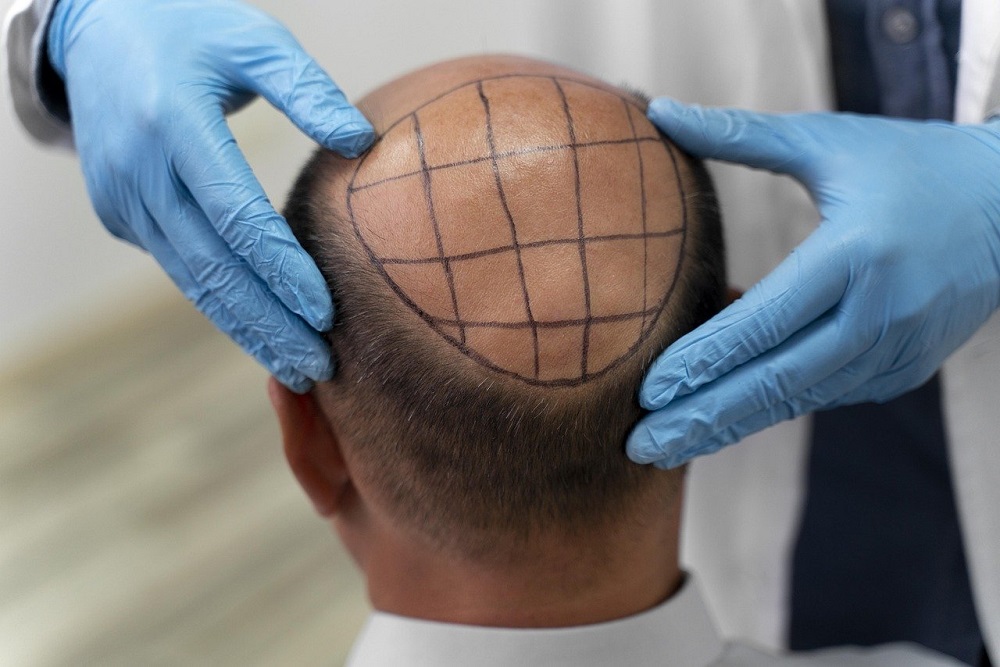Understanding the A to Z of Hair Transplant Procedures

In a world where appearance often dictates the first impression, who wouldn’t appreciate a lush, healthy head of hair? However, for many, this may seem like a distant dream thanks to a myriad of hair-related worries ranging from thinning issues to stark baldness. But what if I told you there’s a way to restore growth, a procedure that lends a more permanent solution compared to your standard over-the-counter remedies? Welcome to the universe of hair transplant procedures – the path to newfound confidence and an enhanced aesthetic appeal!
This comprehensive and well-researched blog post will demystify various aspects of hair transplant procedures, ensuring you are fully informed before embarking on a hair regrowth journey. We will delve into the whys, the whos, the whats, and the whens of these procedures and provide a clear roadmap to evaluate if a hair transplant is the right choice for you.

It’s prudent for anyone considering a hair transplant to then understand the pros and cons of this medical procedure, which we will unravel in detail below. Thus, read on and get a clearer understanding of this life-changing treatment option that could potentially resolve your hair struggles for good!
What is a Hair Transplant Procedure?
The roots of hair transplant procedures stretch back to the mid-20th century, with the inception of this transformative technique vastly improving the lives of many individuals. Essentially, a it is a dermatological procedure that involves relocating hair follicles from one part of the head (usually the back or sides) to the thinning or balding area.
Conceptually, the idea is provocative, and the implementation requires skilled expertise. The nuances involved in hair transplants branch out into different techniques, each with its own unique characteristics and results.
A hair transplant procedure is a surgical technique that involves moving hair follicles from one part of the body (donor site) to a bald or balding part of the body (recipient site). It’s commonly used to treat male pattern baldness but can also be used to restore eyelashes, eyebrows, and beard hair, and to fill in scars caused by accidents or surgery.
There are two most popular primary types of hair transplant procedures:
Follicular Unit Transplantation (FUT): Also known as strip harvesting, FUT involves removing a strip of skin from the donor area, typically the back or sides of the scalp, where hair growth is dense. The strip is then dissected into smaller grafts containing individual hair follicles, which are implanted into the recipient site.
Follicular Unit Extraction (FUE): FUE involves individually extracting hair follicles from the donor area using a small punch tool and then implanting them into the recipient site. This method doesn’t require the removal of a strip of skin and leaves tiny, almost imperceptible scars.
Both techniques require meticulous precision to ensure natural-looking results. The success of a hair transplant depends on various factors such as the skill of the surgeon, the quality of the donor’s, and the individual’s hair loss pattern and characteristics.
Why Should One Opt for a Hair Transplant?
If you’re struggling with persistent hair loss or balding, a hair transplant can bring a significant enhancement to your overall appearance, and more importantly, your self-esteem. Genetics, hormonal fluctuation, stress, or merely aging might result in hair loss, and at times, topical treatments fail to provide the desired effect.
Who is the Ideal Candidate for a Hair Transplant?
A hair transplant isn’t a one-size-fits-all kind of solution. While non-invasive and typically safe, the procedure best suits those with stable hair loss patterns. Those experiencing progressive or unpredictable hair loss might not be ideal candidates, as the effect of transplant may not yield optimal results.
When is the Right Time for a Hair Transplant?
While the right time for a hair transplant depends largely on the individual’s specific hair loss condition and personal preference, it’s common for specialists to recommend the procedure after the person has tried less invasive treatments.

The Pros and Cons of Hair Transplants
As with any surgical intervention, there are two sides to the coin. While the benefits include improved appearance and a boost in self-confidence, drawbacks may range from potential scarring to considerable costs. It’s critical to weigh these points before making a decision.
Hair Transplants and Future Trends
The aspect of hair transplants that evokes a sense of intrigue is the continuous evolution in its arena. With technological advancements and improved surgical techniques, the future of this treatment is promising.
In Conclusion
In essence, one’s journey into the world of hair transplant procedures can indeed be a transformative experience. It might not just simply be a process of reversing hair loss, but also a voyage towards self-confidence and an enhanced sense of wellbeing. Remember to weigh the pros and cons and consult professionals of hair transplant before you proceed. After all, every good thing comes with its share of responsibility, and hair transplants are no different!









